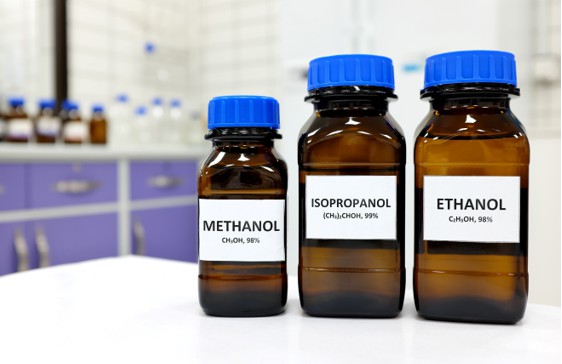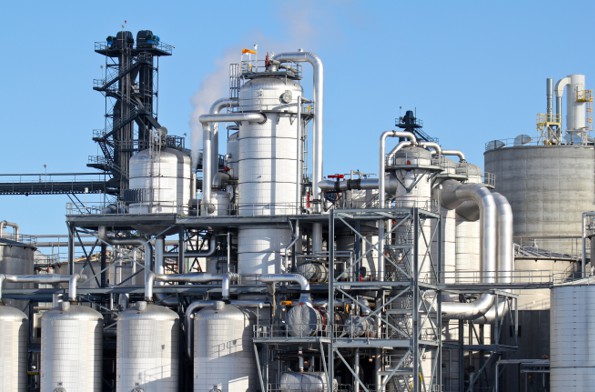
Monomer is a general term for small molecules that can be polymerized with the same or other molecules. It is a simple compound capable of synthesizing polymer compounds such as polymerization or polycondensation, and is a low molecular raw material for synthesizing polymers. Alcohol monomers refer to monomers containing one or more hydroxyl groups.
Polyether polyols are oligomers containing ether bonds (-R-O-R-) in the main chain and more than 2 hydroxyl groups (-OH) in end groups or side groups. It is based on low molecular weight polyols (such as propylene glycol, ethylene glycol, glycerol), polyamines (such as diethylamine, diethylenetriamine) or compounds containing active hydrogen as initiators and is formed by ring-opening polymerization with olefin oxides under the action of catalysts. Polyether polyols can be used as detergents, defoamers, excipients, emulsifiers, wetting agents, antistatic agents, dispersants, demulsifiers, and papermaking aids. As a chemical, polyether polyol can also be used to prepare rigid polyurethane foam, which is widely used in refrigerators, freezers, refrigerated vehicles, heat insulation panels, pipe insulation and other fields. The prepared product has low thermal conductivity and good dimensional stability. The main varieties of polyether polyols are polyoxypropylene glycol (PPG), polytetrahydrofuran glycol (PTHF), polyoxytetramethylene glycol (PIG), and tetrahydrofuran propylene glycol copolymer.

Polymer polyols are liquid mixtures of polyols, polymer polyols, polymer alcohol amines and other organic substances. The main ingredients include diethylene glycol, glycerin, diglycerol, triglycerol, triethanolamine (TEA), and sodium fatty acid. The product is non-toxic, non-corrosive, non-flammable and explosive. As a new raw material for cement grinding aids, polymeric polyols can reduce the production cost of grinding aids by more than 10%, and have better performance and greater adaptability.
James et al. proved that epoxy monomers bearing hydroxy groups undergo more faster photoinitiated cationic polymerization than analogous epoxy monomers bearing methoxy groups. This appears to be a result of the inherently faster kinetics of the activated monomer mechanism experienced by the former monomers compared to conventional epoxide ring-opening polymerization of the latter compounds. Additionally, alcohol monomers can be added to other epoxy monomers to accelerate their cationic photopolymerization rates.
If you are interested in our alcohol monomers, please contact us immediately!
Reference
